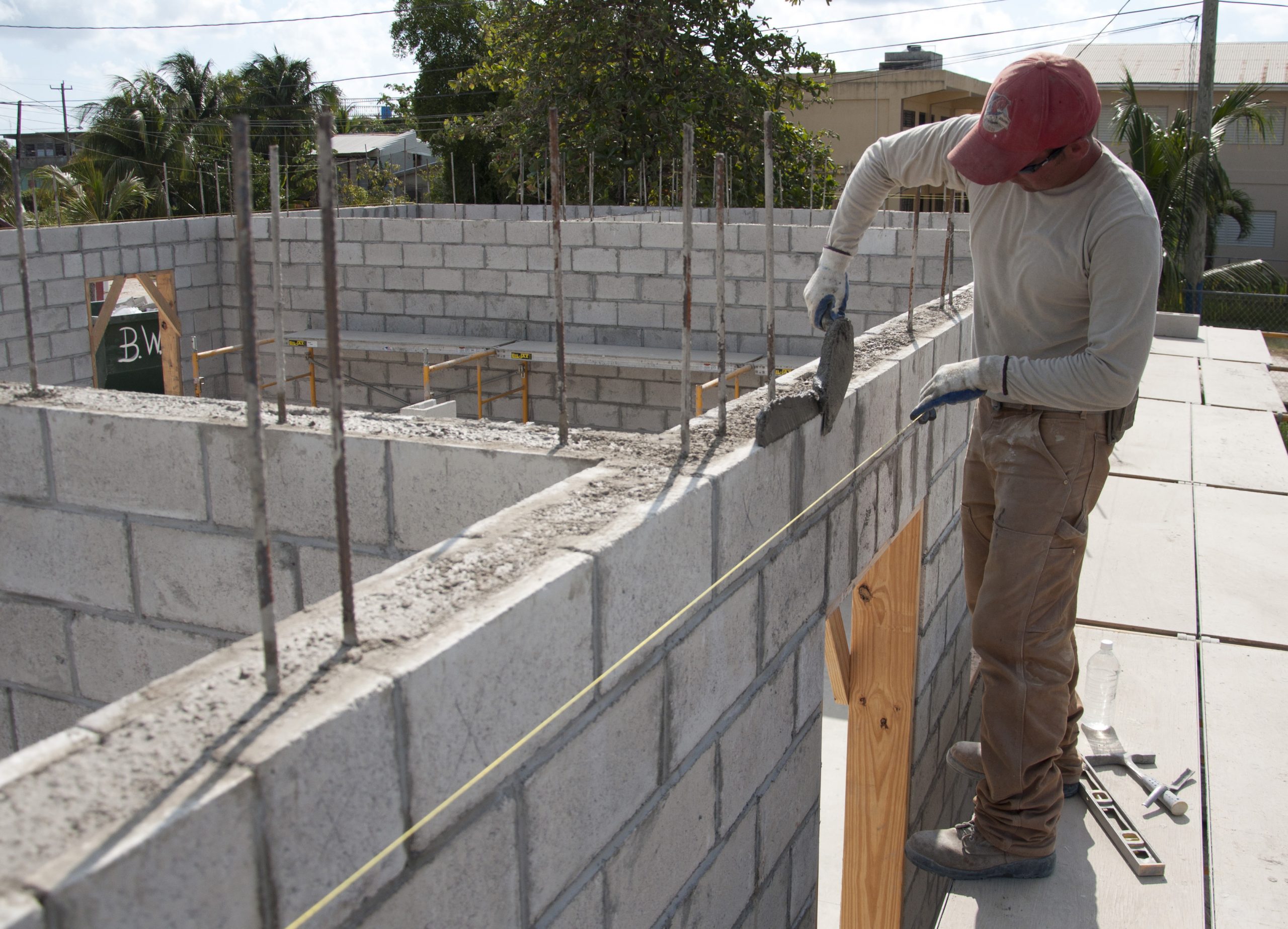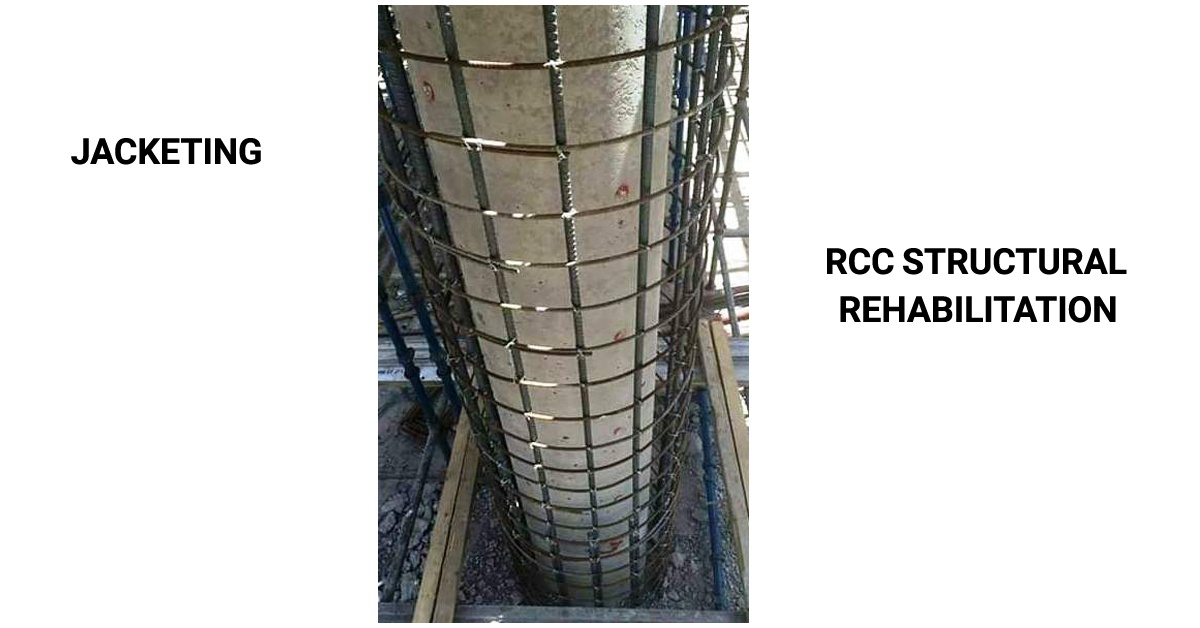What is Rebar and what is it used for?
Rebar, short for reinforcing bar, is a type of steel bar used to strengthen and reinforce concrete structures. It is commonly used in the construction of buildings, bridges, and roads. Rebar is an essential component of reinforced concrete, as it provides the necessary tensile strength to resist forces acting on the structure.
There are various sizes, grades, and types of rebar available in the market, each with its own set of characteristics and properties. In this article, we will discuss the different rebar sizes, grades, and types in detail.
Rebar Size Chart
Rebar is available in a variety of sizes, ranging from #3 to #18. The size of the rebar is determined by the diameter of the bar, with #3 being the smallest and #18 being the largest. It is usually expressed in fractions of an inch, with #3 rebar being 3/8 inch in diameter and #18 rebar being 1-1/2 inches in diameter.
The size of rebar used in a particular construction project depends on the structural requirements of the project. Larger sizes of rebar are typically used in larger structures such as bridges and high-rise buildings, while smaller sizes are used in smaller structures such as residential buildings and retaining walls.
| Imperial Bar Size | Weight (lb/ft) | Weight (kg/m) | Nominal Diameter (in) | Nominal Diameter (mm) | Nominal Area (in²) | Nominal Area (mm²) |
|---|---|---|---|---|---|---|
| #3 | 0.376 | 0.561 | 0.375 | 9.525 | 0.110 | 71 |
| #4 | 0.688 | 0.996 | 0.500 | 12.700 | 0.200 | 129 |
| #5 | 1.043 | 1.556 | 0.625 | 15.875 | 0.310 | 200 |
| #6 | 1.502 | 2.240 | 0.750 | 19.050 | 0.440 | 284 |
| #7 | 2.044 | 3.049 | 0.875 | 22.225 | 0.600 | 387 |
| #8 | 2.670 | 3.982 | 1.000 | 25.400 | 0.790 | 509 |
| #9 | 3.400 | 5.071 | 1.128 | 28.650 | 1.000 | 645 |
| #10 | 4.303 | 6.418 | 1.270 | 32.260 | 1.270 | 819 |
| #11 | 5.313 | 7.924 | 1.140 | 35.810 | 1.560 | 1006 |
| #14 | 7.650 | 11.410 | 1.693 | 43.000 | 2.250 | 1452 |
| #18 | 13.600 | 20.284 | 2.257 | 57.330 | 4.000 | 2581 |
The following are the common uses for each of the sizes of steel rebar:
#3 – This thin and economical mild steel rebar strengthens concrete roads, driveways, and patios. It’s also used to shape and strengthen the pool walls in poured concrete swimming pools.
#4 – This is slightly thicker and ideal for providing strength to highways, as well as columns and slabs.
#5 – This rebar is typically used in bridges and highways.
#6 – This rebar is commonly used in foundations, retaining walls, and roads or highways.
#7 – This rebar size can be used to support constructions such as multi-story parking garages and bridges.
#8 – #8 rebar is ideal for medium to heavy commercial uses. It is appropriate for slabs, sea walls, columns, and beams.
#9 – This thick and long-lasting material is commonly used in high-rise construction projects, sea walls, and retaining walls.
#10 – This size is ideal for medium to heavy commercial-use applications, as it provides structural support in beams, columns, and other areas.
#11 – Because this heavy-duty rebar is thick and strong, it is frequently utilized in load-bearing constructions.
#14 – The #14 rebar size is one of the heaviest and thickest rebars available in conventional sizes, making it ideal for bridges, parking structures, tall buildings, and docks.
#18 – This massive, robust rebar size is commonly utilized in major buildings, industrial facilities, and other large-scale structures.
Rebar Grades
Rebar is also available in various grades, which determine the strength and ductility of the rebar. The most common grades of rebar are Grade 60, Grade 75, and Grade 80.
Grade 60 rebar is the most commonly used grade of rebar, and it has a minimum yield strength of 60,000 pounds per square inch (psi). It is used in a wide range of construction projects, including bridges, buildings, and roads.
Grade 75 rebar has a minimum yield strength of 75,000 psi and is typically used in high-stress situations, such as in the construction of bridges and high-rise buildings.
Grade 80 rebar has a minimum yield strength of 80,000 psi and is used in special applications where even higher strength is required.
Grades of Rebar in Different Codes:
| American Standard (ASTM A 615) | Euro Standard (DIN 488) | British Standard BS4449: 1997 | Indian Standard (IS: 1786) |
|---|---|---|---|
| Grade 75 (520) | BST 500 S | GR 460 A | Grade Fe – 415, Fe – 500, Fe – 500D |
| Grade 80 (550) | BST 500 M | GR 460 B | Grade Fe – 550 |
Types of Rebar
Choosing the right rebar for your project will be determined by the size and grade required to provide the appropriate support and strength. It will also be heavily influenced by the material used to manufacture the rebar, as well as what is utilized to coat it.
Carbon steel rebar is the industry standard for concrete and construction, although it may not perform well in high-moisture situations. In maritime applications, epoxy-coated rebar may perform better, keeping the strength and longevity of the concrete without accelerating corrosion.
1. Carbon Steel Rebar:
Carbon steel rebar is the industry standard for concrete and construction, although it may not perform well in high-moisture situations. In maritime applications, epoxy-coated rebar may perform better, keeping the strength and longevity of the concrete without accelerating corrosion.
2. European Rebar:
European rebar is manganese-based, which allows it to bend easily. They are not appropriate for usage in places prone to significant weather or geological effects such as earthquakes, hurricanes, or tornadoes. This rebar is inexpensive.
3. Stainless Steel Rebar:
Although stainless steel rebar is not as cheap as carbon steel rebar, it can be a feasible alternative. These steel reinforcing bars are used in the construction of bridges, roadways, piers, and other weight-bearing structures. Unlike carbon steel rebar, stainless steel rebar can assist prevent corrosion, providing additional security.
4. Galvanized Rebar:
Galvanized rebar, one of the more expensive choices, is an alloy steel rebar that has been dipped in a zinc solution to add a unique water coating that can repel corrosion. This material is a great substitute for epoxy-coated rebar. Galvanized rebar is 40 times more corrosion-resistant and lasts longer during shipment and installation.
5. Glass Fiber Reinforced Polymer (GFRP) Rebar:
This material, also known as fiberglass rebar, is ideal for projects that will be exposed to water. Glass Fiber rebar has a substantially higher tensile strength than traditional steel rebar and will never corrode. Furthermore, it is 75% lighter than steel, which means you can save money on shipping costs. This specialized material is also electrically non-conductive.
6. Epoxy Coated Rebar:
In high-humidity and high-moisture building projects, epoxy-coated rebar works well. The rebar has a thick epoxy coating that aids to resist corrosion. Unfortunately, the fragile epoxy coating can be scratched and destroyed during transit, rendering the rebar significantly less corrosion-resistant.
7. Welded Wire Fabric (WWF) Rebar:
Although it has a different name from other types of standard rebar, WWF rebar is essentially a grid pattern constructed of welded low-carbon steel wire. The grid can be used to reinforce concrete slabs and increase their total tensile strength.
8. Expanded Metal Rebar:
Expanded metal, like WWF rebar, produces a metal mesh with diamond-shaped lines. The mesh is constructed from a single sheet of steel that has been skilfully cut and enlarged. This substance is typically used to hold concrete when exceptionally thick plaster is required. Although expanded metal rebar is commonly used for sidewalks and walking surfaces, it is not robust enough to handle significant vehicle traffic or weights.
Conclusion:
In conclusion, rebar is an essential component of reinforced concrete, and it is available in various sizes, grades, and types. The size, grade, and type of rebar used in a particular construction project depend on the structural requirements and the specific application.
Also Read: Types of Steel – Grades and Properties
Last Words
I hope you got complete information about Rebar Sizes, Grades, and Types in this article.
If found this article helpful, share it with your friends.
If you have any queries regarding the subject or you want to add something from your side, please write them in the comment section provided below.



